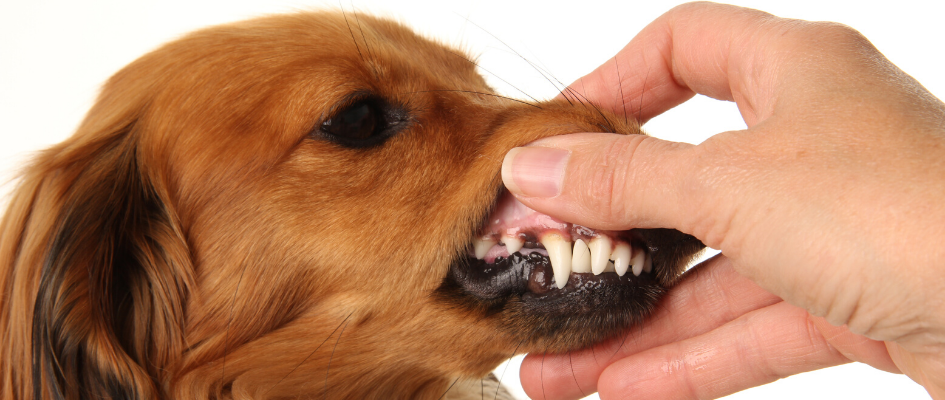Everyone has lost something at some point; your wallet, your phone, your keys. Some things however, are far more precious and it’s devastating if they go missing — we’re talking of course, about our pets. Hopefully this has not happened to you but sometimes, things out of our control mean that there is a possibility that our pets can run and often find themselves ‘lost’.
Thankfully, there are ways that help your pet find their way home should they find themselves in this situation and the most important of which, is getting them microchipped.
Pet Microchips
A microchip is a tiny glass capsule, about the size of a grain of rice, which is filled with electronic components giving a unique 15 digit number. Giving a pet a microchip is a relatively simple procedure. Microchipping is generally done by a vet, though there are other places that offer microchipping, such as Dogs Trust, Battersea Dogs and Cats Home, and Blue Cross Centres.
The microchip is injected via a needle under the skin of your dog or cat, usually between their shoulder blades, so it does not move around. You and your pet’s details are stored in a microchip database along with the microchip’s unique 15 digit code.
When a missing pet is found, they will be scanned (usually by a vet or dog warden for example), revealing the microchip’s code and contact, the microchip database your pet is recorded with. The customer care staff will perform some security checks before releasing your contact details to the animal professional so that your pet can be reunited with you. It is your responsibility to keep these details up to date.
To help those who cannot afford microchipping, some of the charities listed may offer free microchipping. A pet can generally be first microchipped from a few weeks of age, or then any time after that, and it should last a lifetime.
Microchipping Laws
Since 2016, it has been mandatory to have every dog over the age of 8 weeks microchipped in England; Wales, Scotland and Northern Ireland have similar laws. There is a £500 fine if this is not done within 21 days of being identified by authorities. It is also mandatory to have your pet microchipped if you are entering or leaving the EU (though laws may change post-Brexit), so a non-microchipped pet cannot travel abroad. These laws were brought in to try and reduce the number of stray dogs who end up with charities, though they are naturally also helping to reunite lost dogs with owners.
From June 2024, the Government also made it a legal requirement in England that cats over the age of 20 weeks must be microchipped.
Read more details on the Government website.

Does it hurt?
The needle is quite large compared to other needles, and some young pets can feel a little discomfort when it is implanted; however the vast majority do not notice. Occasionally, a pet can have a minor reaction to the injection, and the site can become temporarily inflamed. The microchips themselves are made to be non-reactive so should not be irritating, and it usually settles down in a day or so.
What’s important about that unique number?
Having a microchip means that anyone with a scanner can check a lost pet for a microchip, look up the number, and identify who the pet belongs to. This means if your pet is lost and brought into a charity or vets, you can easily be contacted and hopefully reunited. It can also help police track stolen animals and return them to their rightful owners. It is important that all details are kept up to date — if you move house, buy a new pet or give one away, make sure the database is updated, to make identifying your lost friend easier.
Final Thoughts
We all lock our doors, check our pockets for our phones, and keep track of our savings — people are generally very careful not to lose things. However, sometimes we forget to be careful with our precious four-legged friends, who are arguably irreplaceable! Every dog or cat microchipped has a much better chance of making it home, should the worst happen – and it is the law!
It is always heart-breaking to see separated owners and pets, so do your part by making sure your cat or dog is microchipped. One small chip can mean a lifetime of security and peace of mind.



